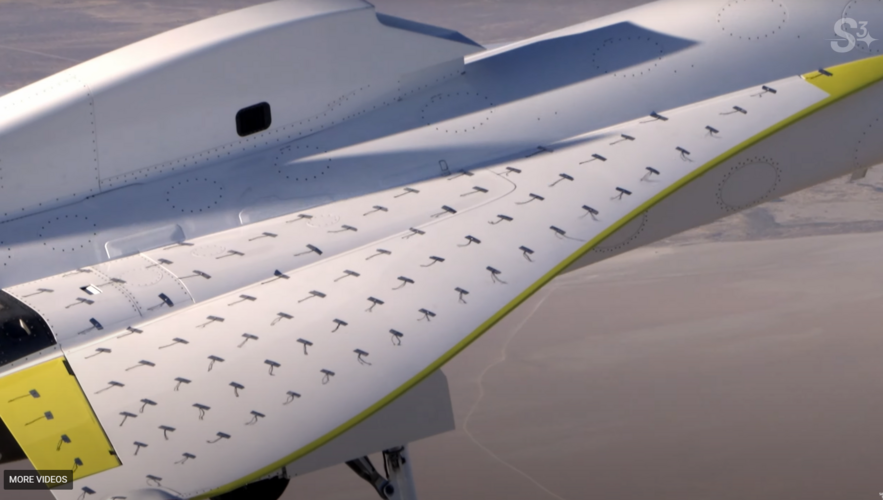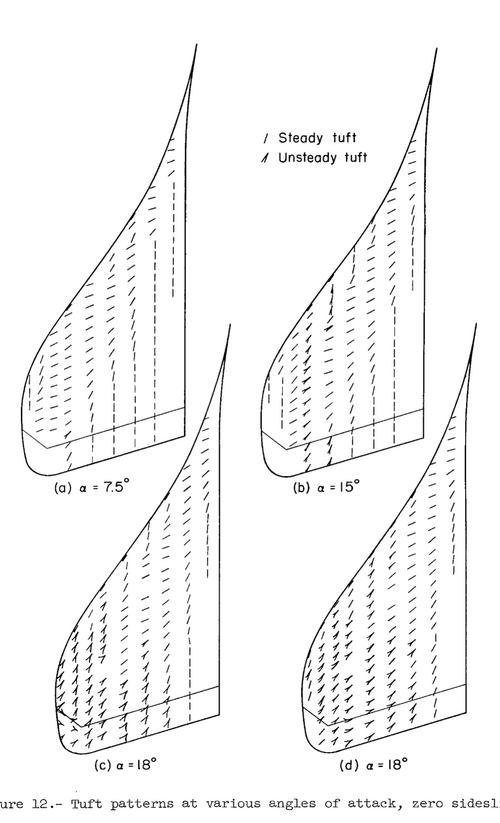That is correct.That isn't a smoke generator at the wing tip, it's an exciter so they can test for flutter at lower speeds by exciting the wing for how it would react at higher speeds. It allows for a safer expansion of the flutter envelope.
This detail being revealed recently by Boom in their press briefing.
Last edited:




